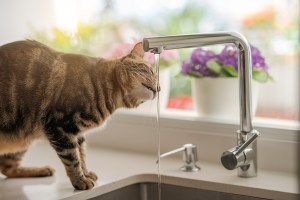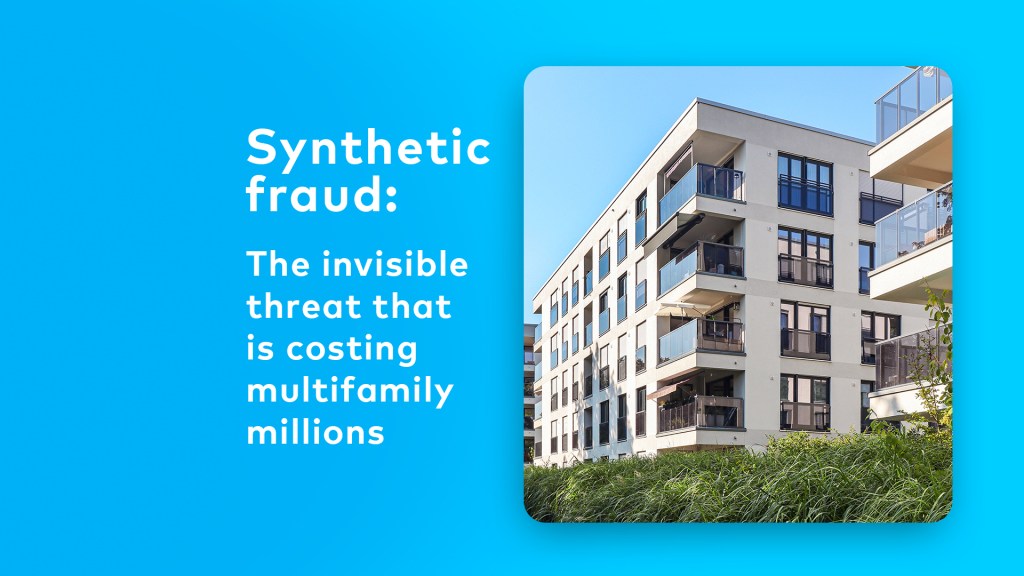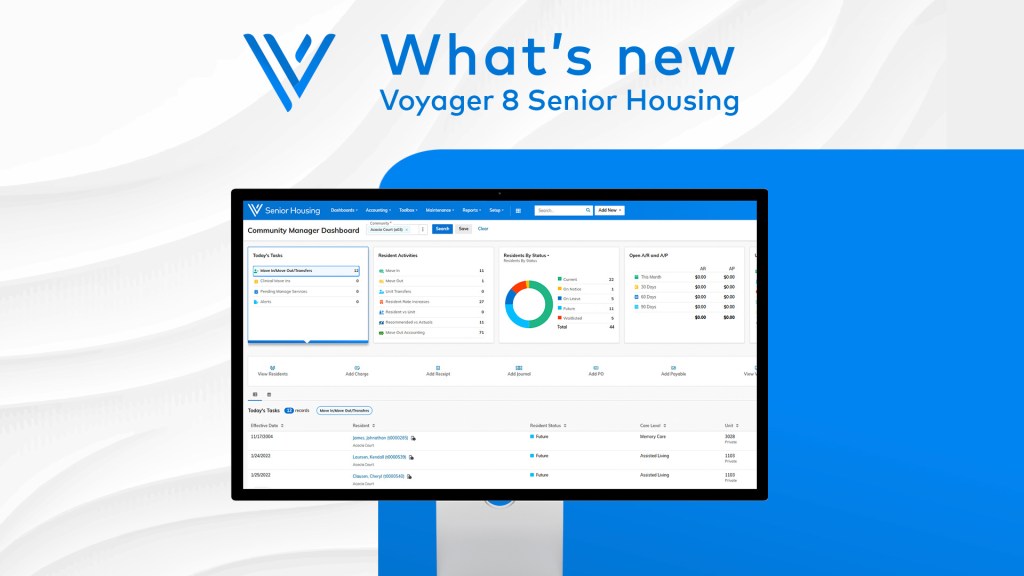By Lee Ann Stiff on October 13, 2020 in Energy
The cost of water can be deceptively low — it doesn’t include the energy expenses of pumping and heating the water. When you evaluate water and energy efficiency together, you’re in a better position to maximize resource and cost savings. Multifamily companies can get some quick wins with minimal effort and no (or low) capital expenditure. All you need to do is make some changes to operations and maintenance practices along with minor  retrofits or replacements as needed.
retrofits or replacements as needed.
The Environmental Protection Agency’s (EPA) WaterSense program recently shared strategies to save energy and water in the webinar “Reducing Costs with Quick Water Wins.” WaterSense is a voluntary program launched by the EPA in 2006 that provides a simple way to identify water-efficient products, programs and practices. In the webinar, the EPA’s Tara O’Hare highlighted the connection between water and energy, often referred to as the energy-water nexus, since every gallon of water has an energy footprint for pumping, moving, heating and treating water.
To keep costs low, WaterSense offers the following tips:
- Review all bills for accuracy
- Check facility rate class and water meter size on bills
- Work with your local utility to correct any problems
Identify leaks and waste
O’Hare said that energy and water leaks linked to continuously running water comprise approximately six percent of water use and that potential financial losses from water such as a drip irrigation malfunction or an unattended water hose at night can amount to $4,300 or $16,000 per year, respectively. How can you make sure this doesn’t happen at your property? Conduct a walk-through to identify leaks (look for puddles and drips) and ask for the vigilance of employees and tenants to help identify leak and waste indicators as soon as they occur.
Follow best practices
You’ve likely heard it before: you can’t manage what you don’t measure. Yardi Utility Expense Management, part of the Yardi Energy Suite, helps multifamily property owners and managers monitor and control utility costs. Invoices are received, tracked, processed, verified and audited for accuracy and timely payment. Utility cost and consumption data is extracted from the bills and with the addition of ENERGY STAR benchmarking services, the data can be sent directly into the EPA’s ENERGY STAR® Portfolio Manager®. Portfolio Manager is an online tool for tracking energy and water consumption and greenhouse gas emissions. It also allows for comparisons of a building’s energy performance against similar-type buildings.
The EPA Water Score for multifamily buildings is generated by the ENERGY STAR® Portfolio Manager® tool and supported by WaterSense. The score is a 1 to 100 rating of how your building uses water compared to similar properties nationwide. If you’re already tracking energy use in Portfolio Manager, getting your EPA Water Score is simple. To get started, all you need is a year of metered utility bills.
What you can do right now:
- Start collecting your water bills and identify existing meter locations
- Identify additional areas or systems for submeters
- Enter your water billing data into Portfolio Manager to begin tracking it
- Educate employees to look for and report leaks and fix them immediately
- Create a list of potential projects and contact utilities to see if rebates and incentives are available
Learn more
Visit the WaterSense website for tools, trainings and resources including water assessment worksheets for multifamily properties. If you’re not currently using a portfolio-wide solution for utility expense management and utility billing, join a free Yardi Energy Suite webinar. As an ENERGY STAR Partner of the Year, Yardi will tell you how to meet all your energy management and sustainability needs including ENERGY STAR benchmarking and full service submeter maintenance and installation.


